Organizational culture quotes offer a window into the profound impact that organizational culture has on employee behavior and organizational success. They encapsulate the essence of a company’s values, beliefs, and norms, providing valuable insights into how these factors shape the workplace and drive performance.
These quotes illuminate the intricate relationship between culture and organizational outcomes, highlighting the critical role that a strong culture plays in fostering innovation, enhancing employee engagement, and ultimately driving business success.
Organizational Culture Definitions
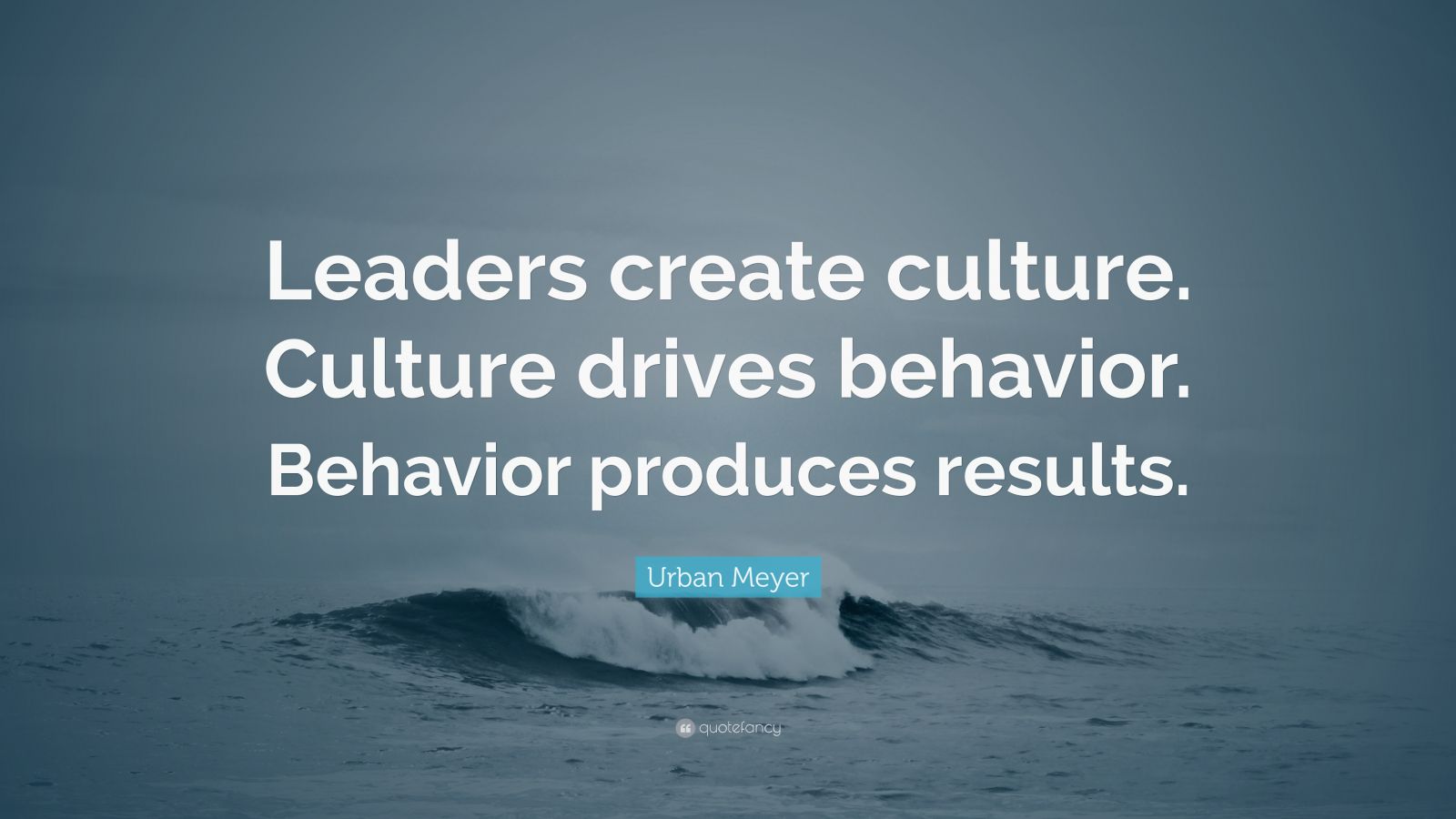
Organizational culture refers to the shared values, beliefs, and behaviors that characterize an organization and shape its functioning. It encompasses the unwritten rules, norms, and expectations that guide employee interactions, decision-making, and overall organizational behavior.
Organizational culture significantly influences employee behavior and organizational outcomes. It shapes how employees perceive and respond to their work environment, interact with colleagues and customers, and approach tasks and challenges. A positive and supportive organizational culture can foster employee engagement, productivity, and innovation, while a negative or toxic culture can hinder performance and create a hostile work environment.
Components of Organizational Culture
Organizational culture consists of several key components:
- Values:Core beliefs and principles that guide the organization’s actions and decision-making.
- Norms:Unwritten rules and expectations that govern employee behavior and interactions.
- Symbols:Objects, rituals, and language that convey cultural values and meanings.
- Heroes:Individuals who embody the organization’s values and serve as role models.
- Stories:Narratives and anecdotes that reinforce cultural values and shape employee behavior.
Importance of Organizational Culture
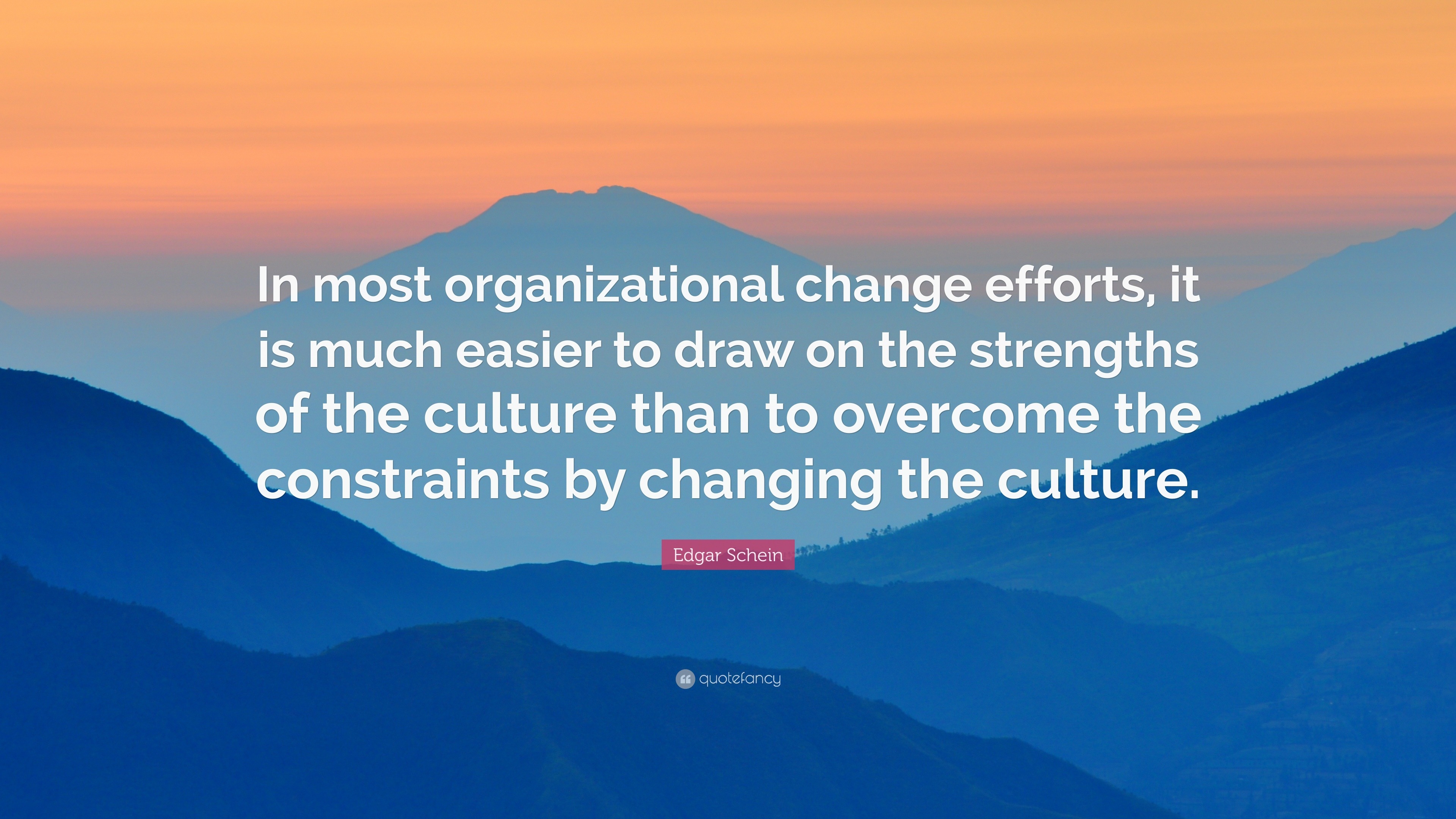
A strong organizational culture is like a compass, guiding employees towards a shared vision and purpose. It influences everything from employee behavior to customer satisfaction, making it a crucial factor in organizational success.
Benefits of a Strong Organizational Culture
- Increased employee engagement: A positive culture fosters a sense of belonging and purpose, motivating employees to go the extra mile.
- Improved productivity: A clear and consistent culture provides employees with a framework for decision-making, reducing uncertainty and increasing efficiency.
- Enhanced customer satisfaction: A customer-centric culture empowers employees to deliver exceptional experiences, leading to increased loyalty and revenue.
- Reduced turnover: A strong culture creates a supportive and fulfilling work environment, reducing employee attrition and saving organizations significant costs.
- Improved innovation: A culture that values creativity and risk-taking encourages employees to think outside the box and develop groundbreaking ideas.
Examples of Organizational Culture Contributions to Success
- Google: Its “Googler” culture, characterized by innovation, collaboration, and employee well-being, has fueled its rise to becoming one of the world’s most successful companies.
- Southwest Airlines: Known for its fun-loving and customer-oriented culture, Southwest has consistently ranked as one of the most profitable airlines due to its loyal customers and dedicated employees.
- Zappos: With a culture centered around delivering “wow” experiences, Zappos has built a thriving online retail business with exceptional customer service and employee satisfaction.
Characteristics of Organizational Culture
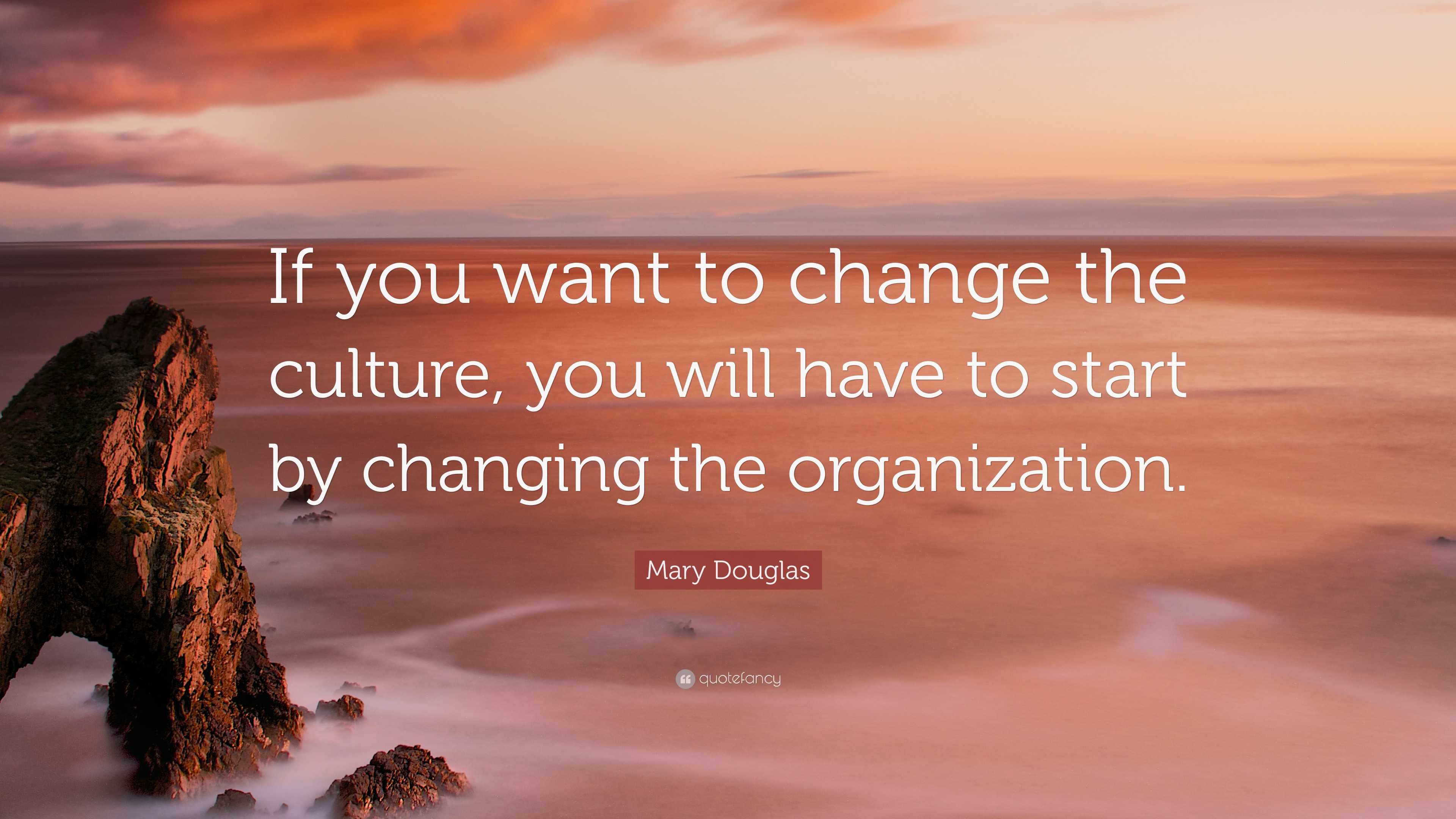
Organizational culture is not a static concept but rather an evolving and dynamic one that shapes the behavior, attitudes, and values of employees within an organization. Understanding the key characteristics of organizational culture is crucial for leaders and managers who wish to create a positive and productive work environment.
Key Characteristics of Organizational Culture
- Values and Beliefs:The core values and beliefs of an organization provide the foundation for its culture. They define what is considered important, acceptable, and desirable within the organization. For example, a company that values innovation may encourage employees to take risks and experiment with new ideas.
- Norms and Behaviors:The norms and behaviors of an organization refer to the unwritten rules and expectations that govern how employees interact with each other and with customers. These norms can include dress codes, communication styles, and acceptable levels of conflict.
- Symbols and Artifacts:The symbols and artifacts of an organization are the physical manifestations of its culture. These can include the company logo, office layout, and even the language used in internal communications. They serve as reminders of the organization’s values and beliefs.
- Stories and Legends:The stories and legends of an organization are the tales that are told about the company’s history, its successes, and its failures. These stories can help to shape the culture by providing employees with a sense of identity and belonging.
Real-World Examples of Organizational Culture
Different organizations have distinct cultural characteristics that shape their work environments. Here are a few examples:
- Google:Known for its innovative and collaborative culture, Google encourages employees to take risks and share ideas. The company’s open and informal work environment fosters creativity and teamwork.
- Zappos:This online retailer emphasizes customer service and employee happiness. Zappos’ culture is based on the belief that happy employees lead to happy customers. The company offers generous benefits and encourages employees to be themselves.
- Apple:Apple’s culture is characterized by its attention to detail and design. The company’s products are known for their sleek design and user-friendly interfaces. Apple employees are expected to be passionate about their work and to strive for excellence.
Creating and Maintaining Organizational Culture
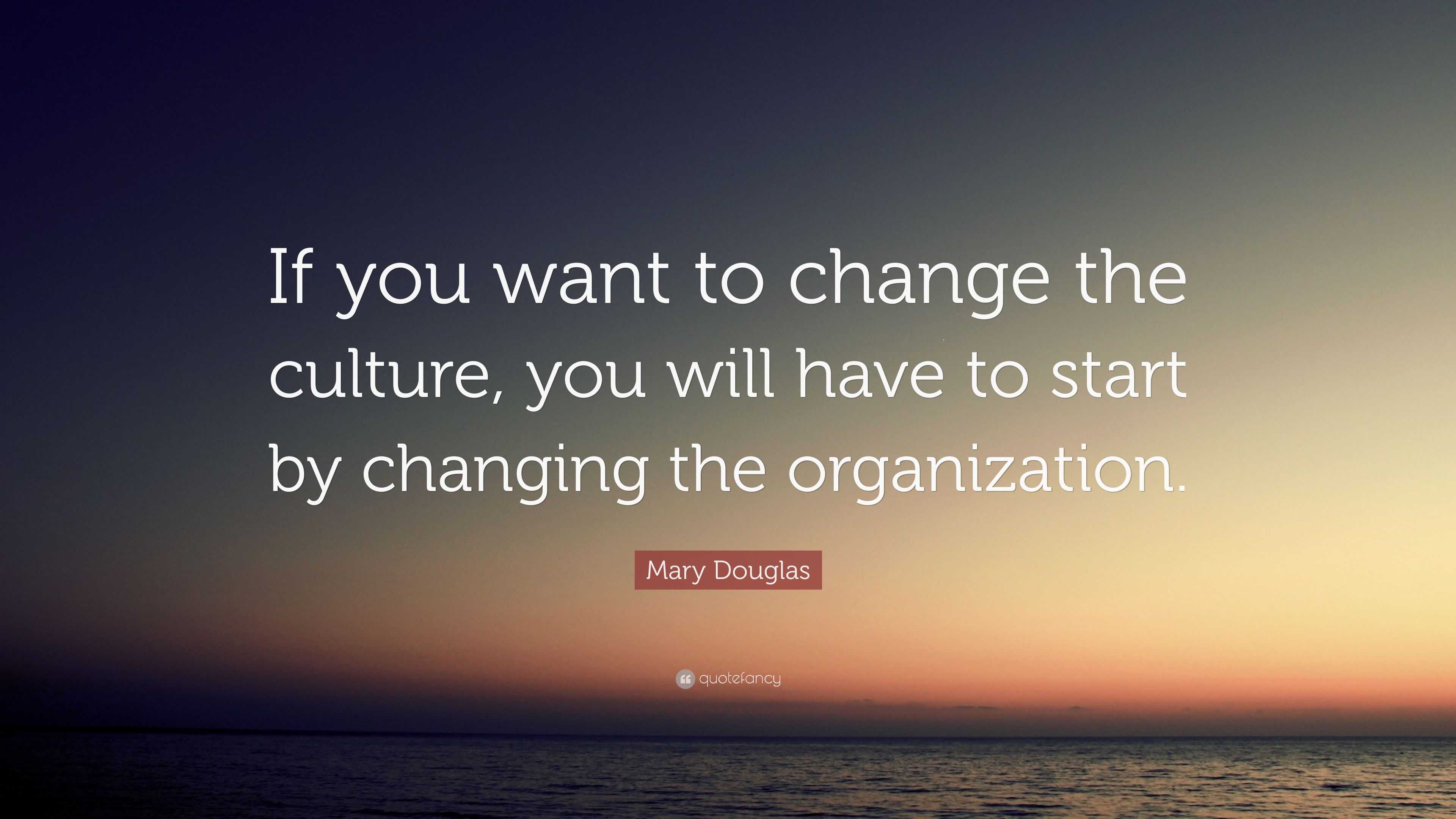
Organizational culture is a powerful force that can shape employee behavior, motivation, and productivity. It is essential for organizations to create and maintain a strong culture that aligns with their values and goals.
Role of Leadership in Shaping Organizational Culture
Leaders play a critical role in shaping organizational culture. They set the tone for the organization and create the environment in which employees work. Leaders must be clear about the values and behaviors they want to see in their organization and must model those values themselves.
They must also create a culture of open communication and feedback, where employees feel comfortable sharing their ideas and concerns.
Importance of Communication and Reinforcement in Maintaining a Strong Culture, Organizational culture quotes
Communication is essential for maintaining a strong organizational culture. Leaders must communicate the organization’s values and expectations to employees regularly. They must also provide feedback to employees on their performance and help them to understand how their behavior contributes to the organization’s culture.
Reinforcement is also important for maintaining a strong culture. Leaders must reward employees who embody the organization’s values and behaviors. They must also create a culture of accountability, where employees are held responsible for their actions.By creating and maintaining a strong organizational culture, leaders can create a workplace where employees are motivated, engaged, and productive.
Organizational culture is a vital aspect of any company, influencing everything from employee engagement to customer satisfaction. For those seeking inspiration on fostering a positive and productive workplace, the coco movie best quotes offer valuable insights into the importance of embracing individuality, celebrating diversity, and fostering a sense of belonging.
These principles are essential for creating an organizational culture that empowers employees and drives success.
Assessing Organizational Culture
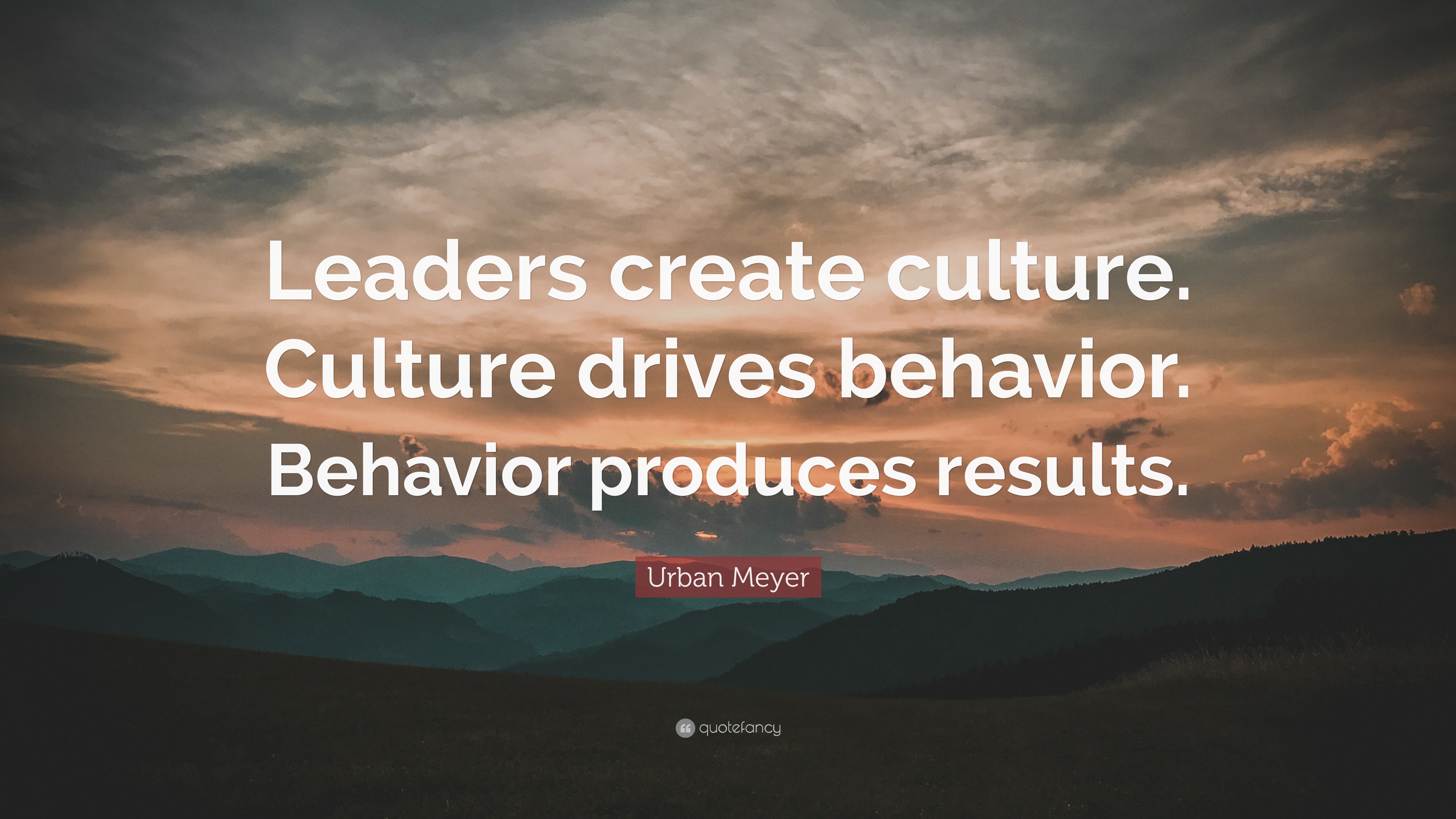
Assessing organizational culture involves examining and evaluating the values, beliefs, norms, and behaviors that shape an organization. It helps organizations understand their current culture, identify areas for improvement, and make informed decisions about culture change initiatives.
Organizational culture quotes can inspire us to create a positive and productive work environment. Just as college life malayalam quotes can motivate students to strive for success, organizational culture quotes can remind us of the importance of collaboration, innovation, and customer service.
These quotes can help us to create a workplace where everyone feels valued and respected, and where we can all work together to achieve our goals.
Methods for Assessing Organizational Culture
There are several methods for assessing organizational culture, each with its advantages and disadvantages:
Surveys
Surveys are a widely used method for collecting data on organizational culture. They can be administered to employees at all levels and can provide insights into their perceptions of the culture. Surveys can be customized to measure specific aspects of culture, such as values, beliefs, norms, and behaviors.
Interviews
Interviews are another common method for assessing organizational culture. Interviews can be conducted with employees, managers, and other stakeholders to gather in-depth insights into their perspectives on the culture. Interviews can be structured or unstructured, depending on the specific research goals.
Observation
Observation involves directly observing the behavior of employees and the organization’s environment. Observation can provide insights into the informal norms and values that are not always captured through surveys or interviews.
Document Analysis
Document analysis involves examining organizational documents, such as employee handbooks, policies, and procedures, to identify the stated values and beliefs of the organization. Document analysis can provide insights into the formal culture of the organization.
Focus Groups
Focus groups involve bringing together a small group of employees to discuss their perceptions of the organizational culture. Focus groups can provide rich insights into the shared experiences and perspectives of employees.
Examples of Assessment Tools and Techniques
Organizational Culture Assessment Instrument (OCAI)
The OCAI is a widely used survey tool that measures six dimensions of organizational culture: Clan, Adhocracy, Market, Hierarchy, and Rational.
Culture Web
The Culture Web is a qualitative assessment tool that helps organizations visualize their culture through a web diagram. The Culture Web identifies the core values, beliefs, norms, and behaviors that shape the organization’s culture.
Delving into the intricacies of organizational culture, one encounters a wealth of profound quotes that illuminate the essence of workplace dynamics. As we ponder these insights, our minds may wander to the realm of heartbreak, where emotions run deep and the search for solace becomes paramount.
In the tapestry of human experience, broken heart quotes in Roman English resonate with a raw and poignant universality . They remind us that even in the face of adversity, the pursuit of organizational excellence remains a noble endeavor.
Culture Audit
Organizational culture quotes often resonate deeply with us, offering insights into the power of shared values and beliefs. One such quote, “Love yourself first and everything else falls into line,” resonates particularly strongly. This sentiment, echoed in the bts rm quotes love yourself , highlights the importance of self-acceptance and self-care in fostering a positive organizational culture.
By embracing this principle, individuals can create a workplace environment that is both supportive and inspiring.
A culture audit is a comprehensive assessment of an organization’s culture that involves multiple methods, such as surveys, interviews, observation, and document analysis. Culture audits provide a detailed understanding of the organization’s culture and can be used to identify areas for improvement.
Impact of Organizational Culture on Individuals
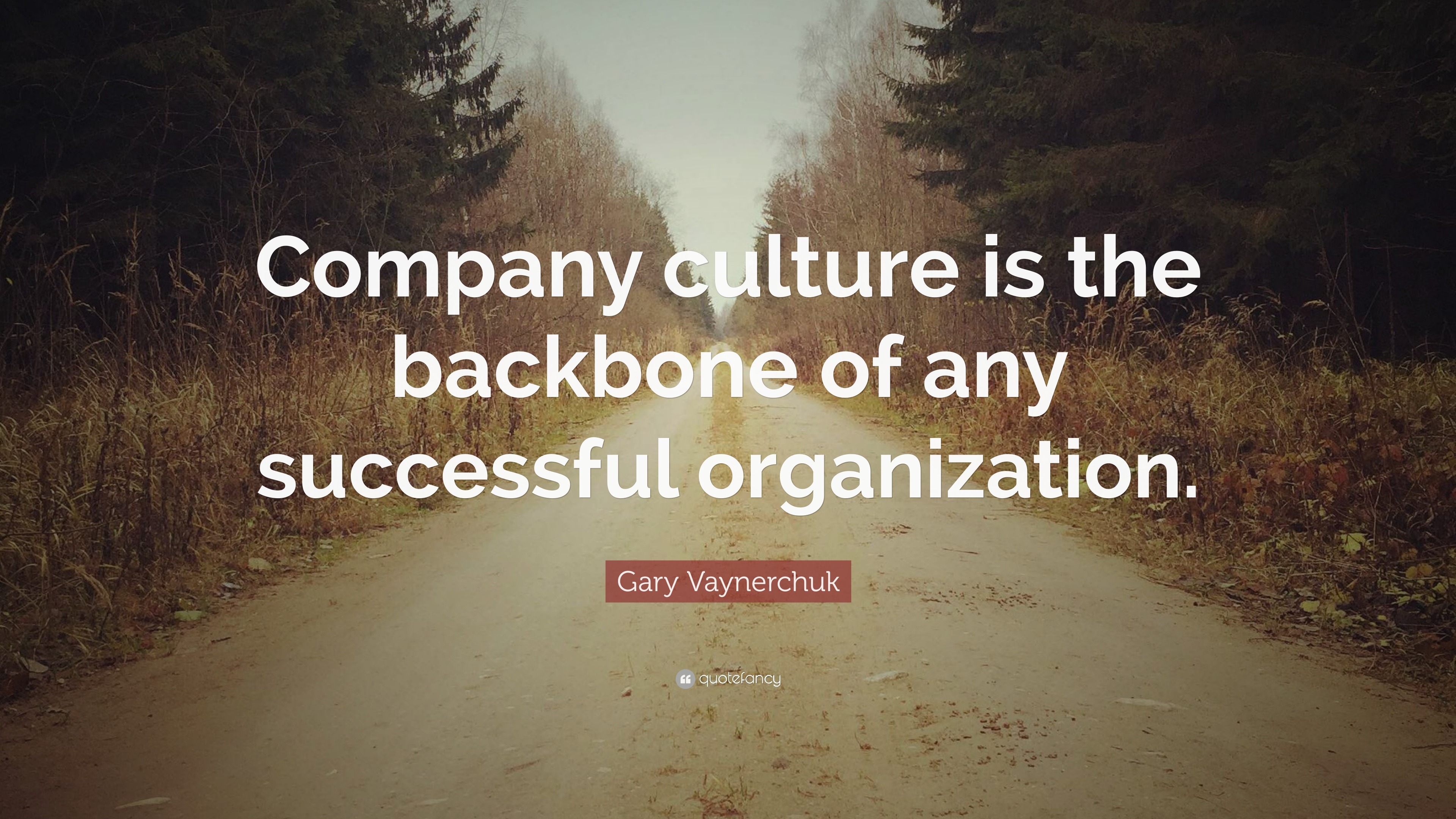
Organizational culture significantly influences employees’ experiences, attitudes, and behaviors within an organization. It plays a crucial role in shaping employee job satisfaction, engagement, and decision-making.
Employee Job Satisfaction and Engagement
A positive organizational culture fosters employee job satisfaction by creating a supportive and fulfilling work environment. Employees who feel valued, respected, and appreciated are more likely to be engaged and satisfied with their jobs. A strong sense of belonging, clear expectations, and opportunities for growth contribute to increased job satisfaction and employee retention.
Organizational culture quotes often emphasize the importance of fostering a positive and inclusive work environment. They remind us that a strong organizational culture is essential for attracting and retaining top talent. Just as quotes on toppers inspire us to strive for excellence, organizational culture quotes motivate us to create workplaces where everyone can thrive.
By embracing these principles, we can build organizations that are both successful and fulfilling.
Influence on Employee Behavior and Decision-Making
Organizational culture shapes employee behavior and decision-making by establishing norms, values, and expectations. Employees are more likely to behave and make decisions aligned with the organization’s values and beliefs. A culture that promotes collaboration, innovation, and risk-taking encourages employees to be proactive and take ownership of their work.
Conversely, a culture that values hierarchy and conformity may stifle creativity and limit employee autonomy.
Impact of Organizational Culture on Teams
Organizational culture significantly shapes team dynamics and collaboration within a workplace. It influences how individuals interact, communicate, and work together towards shared goals.
Fostering Collaboration and Teamwork
A positive organizational culture that emphasizes collaboration and teamwork promotes open communication, mutual respect, and trust among team members. This enables effective sharing of ideas, problem-solving, and decision-making, leading to enhanced team performance and outcomes.
Impact on Team Performance and Outcomes
Organizational culture can directly impact team performance and outcomes. A culture that values innovation and risk-taking encourages teams to explore new ideas and experiment with different approaches, leading to potential breakthroughs and advancements. Conversely, a culture that prioritizes stability and conformity may hinder team innovation and limit its potential for growth and success.
Shaping Team Norms and Behaviors
Organizational culture shapes team norms and behaviors. Teams operating in a culture that emphasizes ethical conduct and integrity tend to exhibit higher levels of honesty, transparency, and accountability. This creates a positive and productive work environment that fosters trust and respect among team members.
Impact of Organizational Culture on Innovation: Organizational Culture Quotes
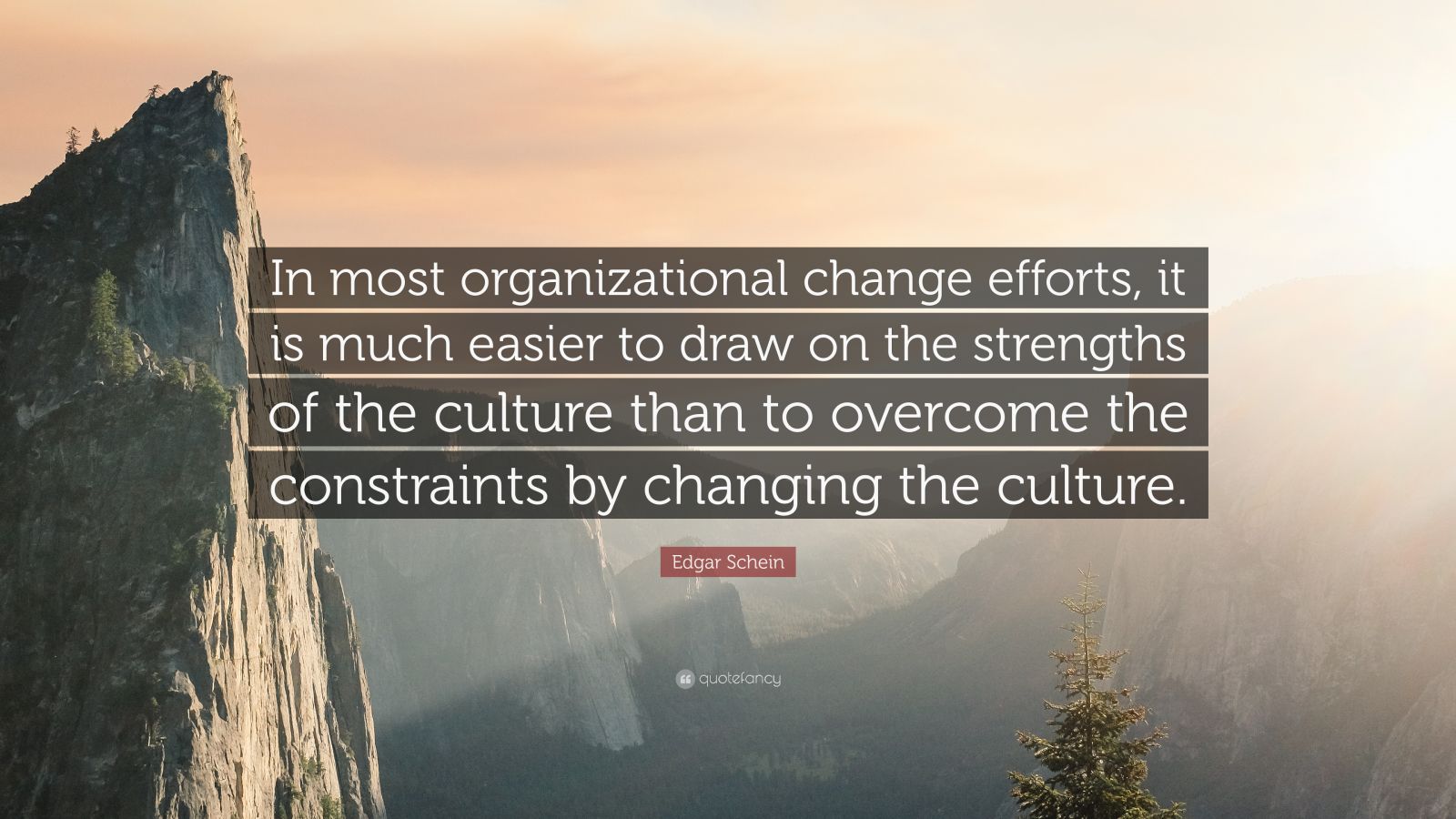
Organizational culture plays a pivotal role in shaping innovation within an organization. A culture that encourages creativity, risk-taking, and collaboration can foster a thriving environment for innovation. Conversely, a culture that is rigid, bureaucratic, and risk-averse can stifle innovation.
Case Studies
- Google:Google’s innovative culture is renowned for its emphasis on employee autonomy, risk-taking, and collaboration. The company encourages employees to spend 20% of their time on personal projects, which has led to the development of successful products like Gmail and Google Maps.
- IBM:IBM’s history of innovation dates back to its early days. The company’s culture values experimentation, collaboration, and customer focus. IBM’s commitment to innovation has resulted in the development of numerous groundbreaking technologies, including the mainframe computer and the personal computer.
Organizational Culture Change
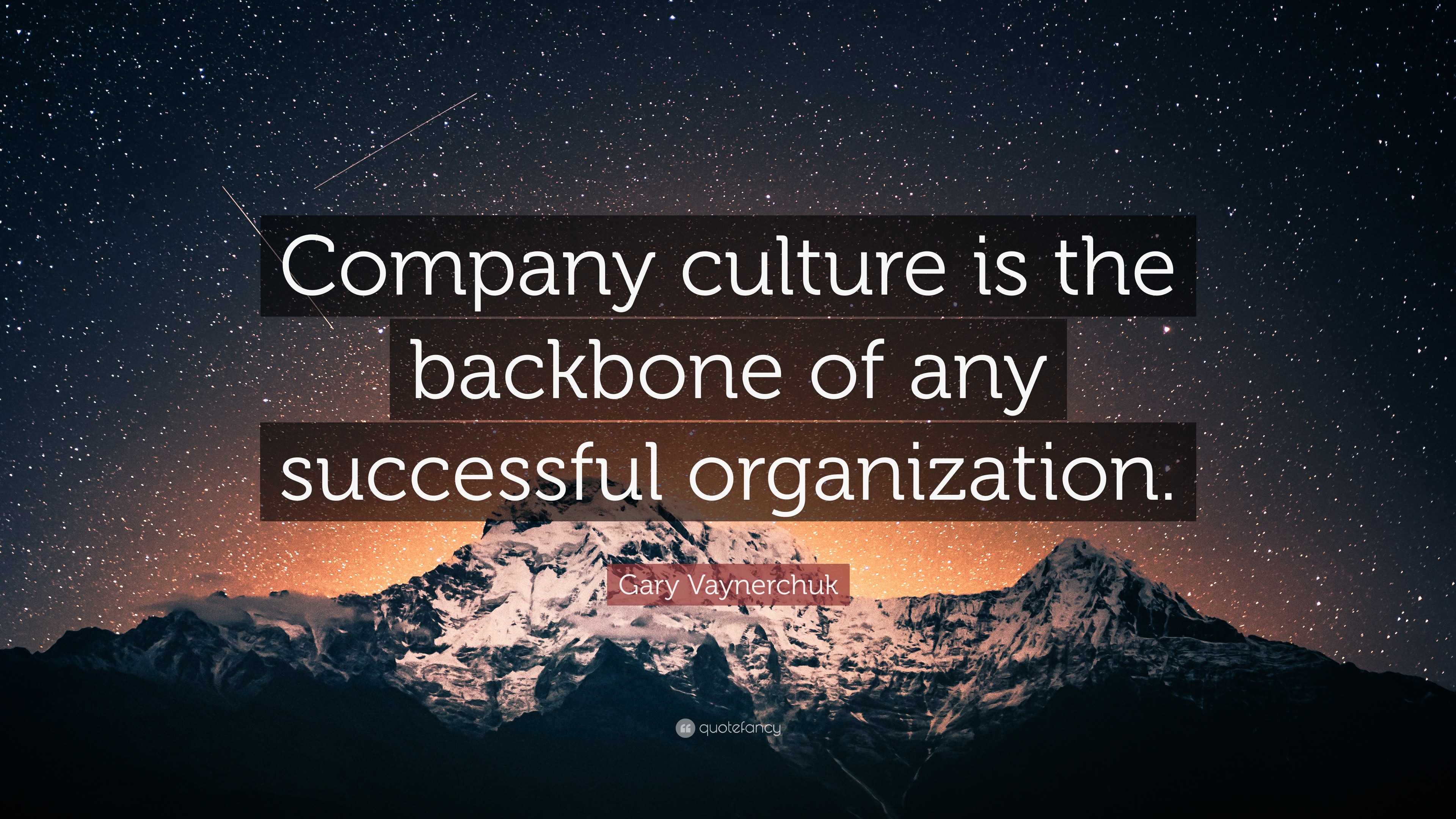
Organizational culture change is a complex and challenging process, but it can also be a very rewarding one. When done successfully, cultural change can help organizations improve their performance, increase their adaptability, and attract and retain top talent.
However, there are also a number of challenges associated with changing organizational culture. These challenges include:
- Resistance to change from employees who are comfortable with the status quo.
- A lack of understanding of the need for change from senior leaders.
- A lack of clear communication about the desired cultural change.
- A lack of support for employees who are trying to change their behavior.
Despite these challenges, there are a number of steps that organizations can take to increase the chances of successful cultural change. These steps include:
- Creating a clear vision for the desired cultural change.
- Communicating the vision to all employees and stakeholders.
- Providing training and development opportunities to help employees change their behavior.
- Creating a supportive environment for employees who are trying to change.
- Measuring and evaluating the progress of the cultural change effort.
By following these steps, organizations can increase the chances of successful cultural change. This can lead to a number of benefits, including improved performance, increased adaptability, and increased employee satisfaction.
Final Thoughts

In the tapestry of organizational life, culture serves as the vibrant thread that weaves together the fabric of a company’s identity and performance. Organizational culture quotes capture the essence of this dynamic, offering invaluable guidance for leaders seeking to cultivate a thriving and successful workplace.
